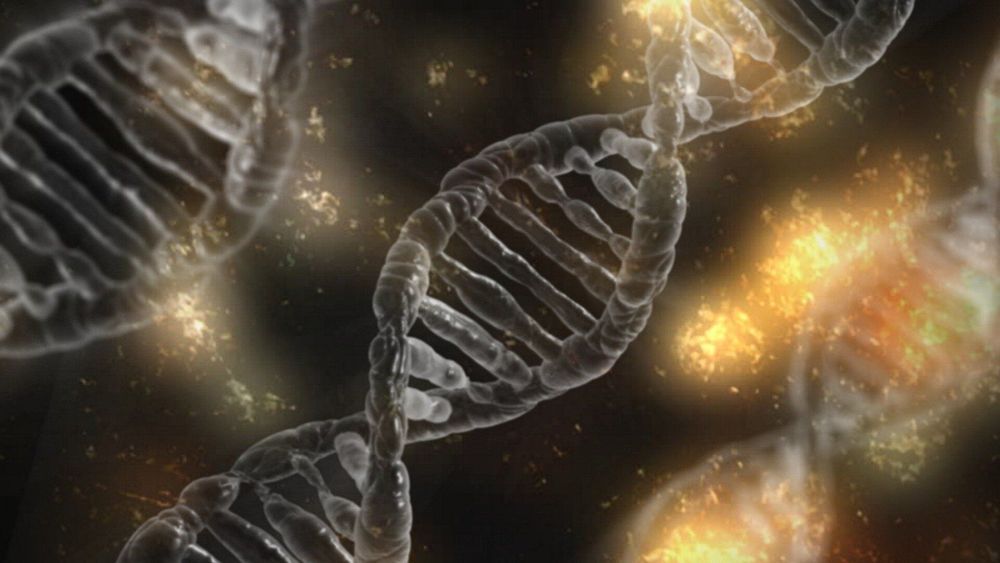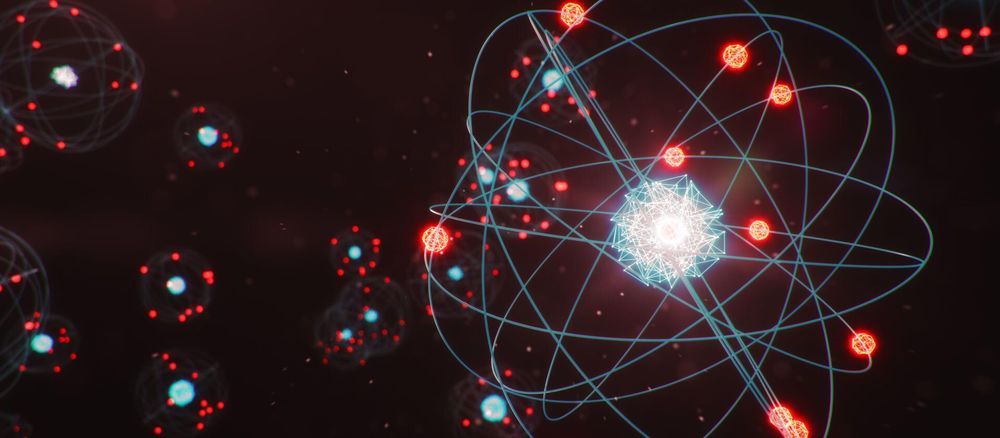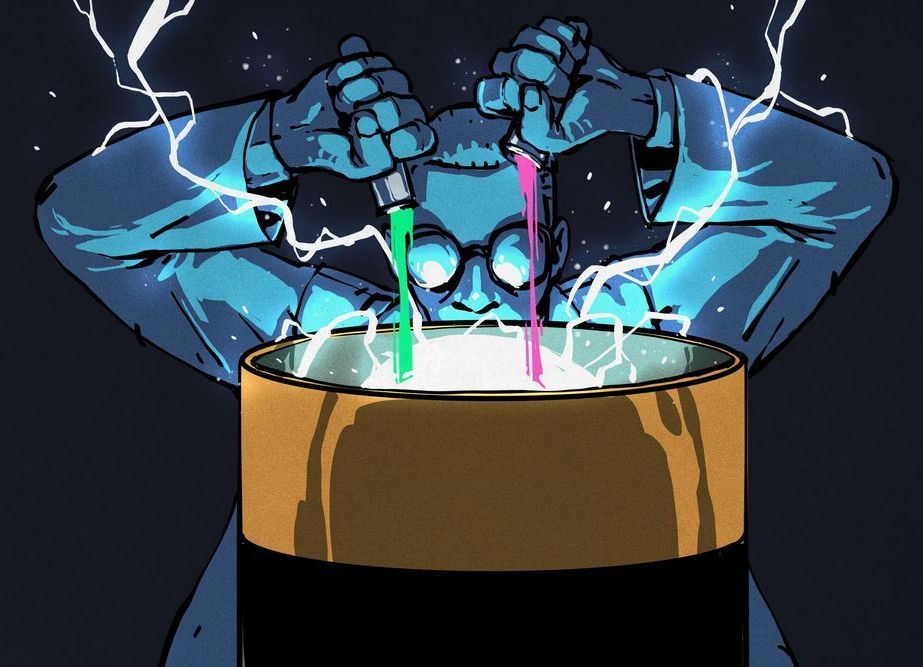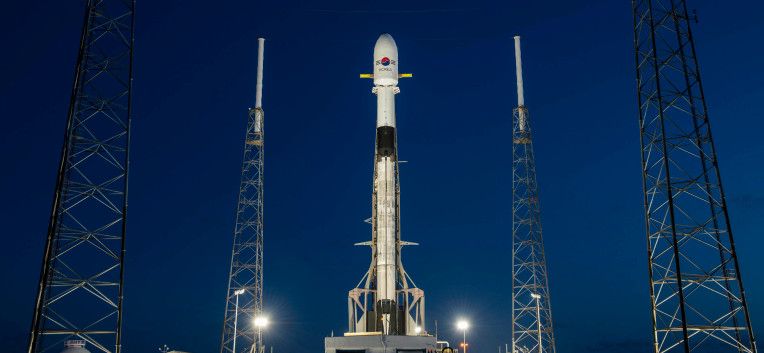Barry Simon linked a phenomenon that had shocked physicists to topology, the branch of mathematics that studies shapes.



Researchers from the Icahn School of Medicine used a novel genetic sequencing technology to identify the genetic cause of—and a treatment for—a previously unknown severe auto inflammatory syndrome affecting an 18-year-old girl since infancy.
The technology, tailored to the patient’s own genetic code at a single cell level, helped the researchers characterize an unknown mutation in a gene called JAK1 that caused the patient’s immune system to be permanently turned on, resulting in rashes over much of her skin, growth abnormalities, kidney failure, allergic hypersensitivities, and an unusual inflammatory condition throughout the digestive tract.
The study, led by Dusan Bogunovic, Ph.D., Associate Professor of Microbiology, and Pediatrics, at the Icahn School of Medicine at Mount Sinai, faculty member of The Mindich Child Health and Development Institute and the Precision Immunology Institute at Mount Sinai, and Director of the Center for Inborn Errors of Immunity, was published in the August 3 issue of the journal Immunity. The discovery points toward new ways to study how genetic diseases manifest and presents a model of personalized diagnosis and treatment for patients with genetic diseases.

A nuclear physics professor from Florida International University was among a team of researchers that proposed something so out of this world, colleagues first hesitated to accept it was possible.
In 1993, they boldly predicted how the densest materials in the universe—known to exist only in rare neutron stars —could be made here on Earth. Ultimately, their research was published in Physical Review C, a leading academic journal focused on nuclear physics.
It spawned a wave of follow up research that in 2006 confirmed their prediction was true. For the tiniest sliver of a second, researchers at the Thomas Jefferson National Accelerator Facility in Virginia were able to briefly create the material that exists inside a neutron star.
And older vid but it addresses various anti-life extension topics.
PATREON https://www.patreon.com/transhumania
MINDS : https://www.minds.com/transhumania
FACEBOOK https://www.facebook.com/Transhumania-260675131517616/

Nationwide effort to build quantum networks and usher in new era of communications.
In a news conference today at the University of Chicago, the U.S. Department of Energy unveiled a report that lays out a blueprint strategy for the development of a national quantum internet, bringing the United States to the forefront of the global quantum race and ushering in a new era of communications. This report provides a pathway to ensure the development of the National Quantum Initiative Act, which was signed into law by President Trump in December 2018.
Around the world, consensus is building that a system to communicate using quantum mechanics represents one of the most important technological frontiers of the 21st century. Scientists now believe that the construction of a prototype will be within reach over the next decade.

When you think of renewable energy, what comes to mind? We’d venture to guess that wind and solar are probably near the top of the list. And yes, wind and solar are great as long as the winds are favorable and the sun is shining. But what about all those short and bleak winter days? Rainy days? Night time?
Unfavorable conditions mean that storage is an important part of any viable solution that uses renewable energy. Either the energy itself has to be stored, or else the means to produce the energy on demand must be stored.
One possible answer has been right under our noses all along — air. Regular old ambient air can be cooled and compressed into a liquid, stored in tanks, and then reheated to its gaseous state to do work.

face_with_colon_three circa 2019.
Drones have already conquered Earth, and now they’re heading out into the solar system.
NASA announced yesterday (June 27) that it will launch a life-hunting rotorcraft called Dragonfly toward Saturn’s huge moon Titan in 2026. If all goes according to plan, Dragonfly will land on the hazy, frigid satellite in 2034 and then spend several years flying around, gathering a variety of data and snapping amazing photos of the exotic landscape.


SpaceX is launching South Korea’s first dedicated military communications satellite on Monday, with a target liftoff time of 5 PM EDT (2 PM PDT). The launch window spans nearly four hours, ending at 8:55 PM EDT (5:55 PM PDT), so SpaceX has considerable flexibility in terms of when the launch could actually take place.
The Falcon 9 rocket being used for this mission includes a first-stage booster that flew previously on SpaceX and NASA’s Demo-2 mission — the historic mission that carried astronauts on board a SpaceX rocket for the first time. That launch, which took place on May 30, saw astronauts Bob Behnken and Doug Hurley successfully delivered to the International Space Station — where they’re currently preparing to depart on Demo-2’s concluding trip home on August 1.
This mission will include a recovery attempt for the first stage, using SpaceX’s “Just Read the Instructions” drone landing ship in the Atlantic Ocean.